Antenna Selection Guidelines
1. Introduction
Antennas are crucial components in modern communication systems. By definition, an antenna is a device used to transmit and receive electromagnetic waves. The choice of antenna is very important for a transmitting - receiving communication system. The antenna must be able to radiate or receive efficiently so the power supplied is not wasted. This white paper describes how to select an antenna that ensures reliable performance and meets the specific needs of your application.
2. Step-by-step guide
Selecting the right antenna for your application involves considering several key factors to ensure optimal performance. Here’s a step-by-step guide to help you make the right choice:
2.1. Define the Operational Frequency Range
- Frequency Band:
Identify the specific frequency band your application operates in (e.g., HF, VHF, UHF, SHF).

- Bandwidth:
Determine the necessary bandwidth for your application. Ensure the antenna covers this range effectively.
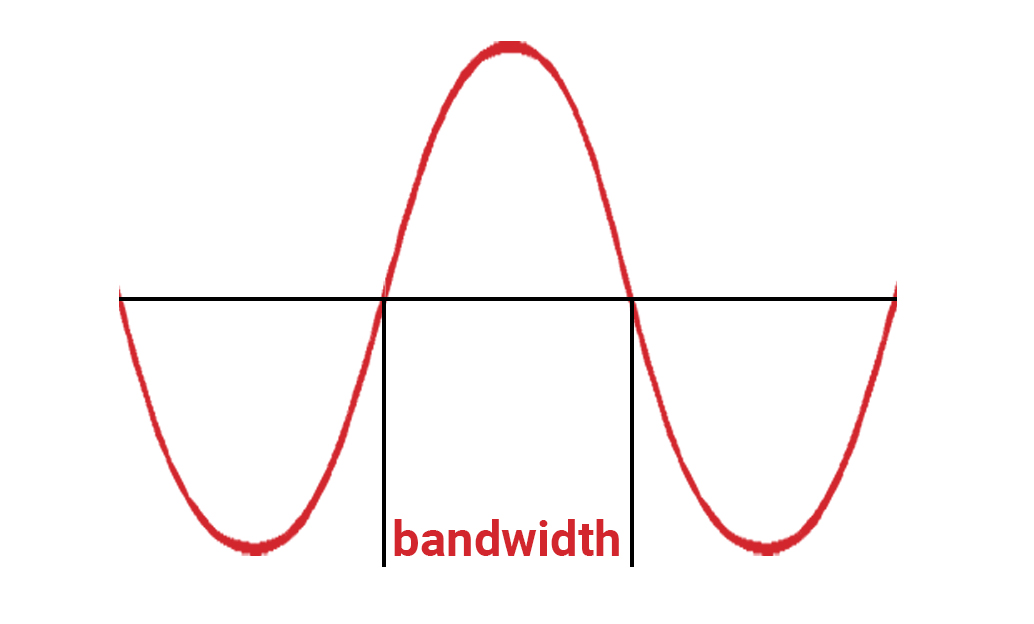
2.2. Understand Your Application and Environment
- Type of Application:
Specify whether the antenna is for communication (e.g., Wi-Fi, cellular), broadcasting, GPS, radar, etc.
- Operational Environment:
Determine if the antenna will be used indoors or outdoors, in urban or rural areas, or in specific conditions like marine environments, high humidity, or extreme temperatures.
2.3. Establish Gain and Radiation
-Antenna Gain:
Decide the level of gain you need. Higher gain antennas are suitable for long-distance communication but have a narrower beamwidth.
- Radiation Pattern:
Choose between omnidirectional (suitable for 360-degree coverage) and directional antennas (for targeted communication).
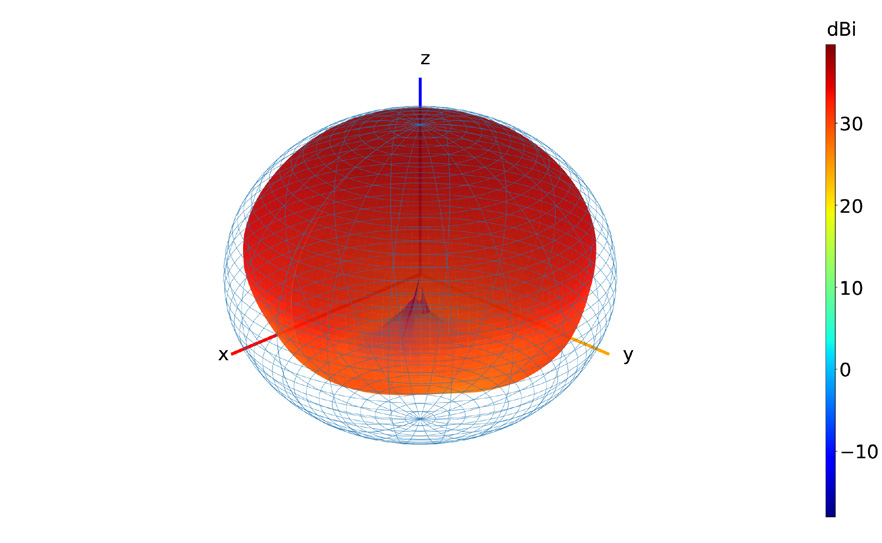
2.4. Consider Polarization
- Polarization:
Match the polarization (vertical, horizontal, or circular) with the system’s requirements for optimal signal reception and transmission.
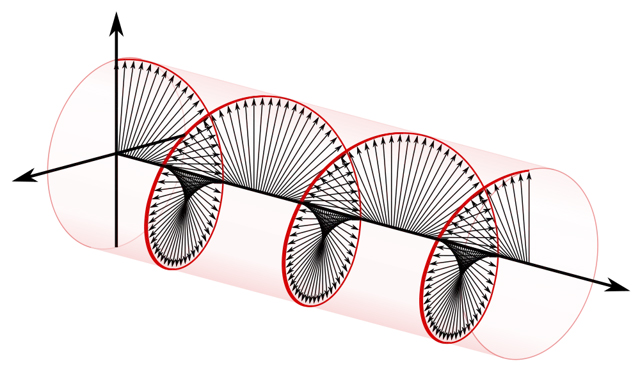
2.5. Evaluate Physical Constraints
- Size and Weight:
Ensure the antenna’s size and weight are appropriate for your installation site.
- Mounting and Installation:
Confirm the antenna can be mounted in the desired location and is compatible with existing infrastructure (e.g., mast, rooftop, handheld device)
2.6. Match Impedance
- Impedance Matching:
Ensure the antenna’s impedance (typically 50 ohms or 75 ohms) matches your system to avoid signal loss and reflection.
2.7. Assess Power Handling and Durability
- Power Rating:
Verify the antennacan handle the transmitter’s poweroutput.
- Durability:
Check the antenna’s materials and build quality, especially for outdoor use, to ensure it can withstand environmental conditions like wind, rain, and UV exposure.
2.8. Availability
- Availability:
Ensure the chosen antenna is readily available or can be procured within your project’s timeline.
2.9. Regulatory Compliance
- Certifications and Standards:
Confirm that the antenna complies with relevant regulatory standards and certifications in your region (e.g., FCC in the US, CE in Europe).
3. Example Antenna Types
- Dipole Antennas:
Simple, omnidirectional antennas suitable for many applications.
- Yagi-Uda Antennas:
Directional antennas ideal for long distance communication.
- Parabolic Antennas (Dish):
Wideband antennas suitable for applications requiring coverage over a broad frequency range.
- Patch Antennas:
Compact, flat antennas used in GPS, Wi-Fi, and other applications where space is limited.
- Log-Periodic Antennas:
Wideband antennas suitable for applications requiring coverage over a broad frequency range.
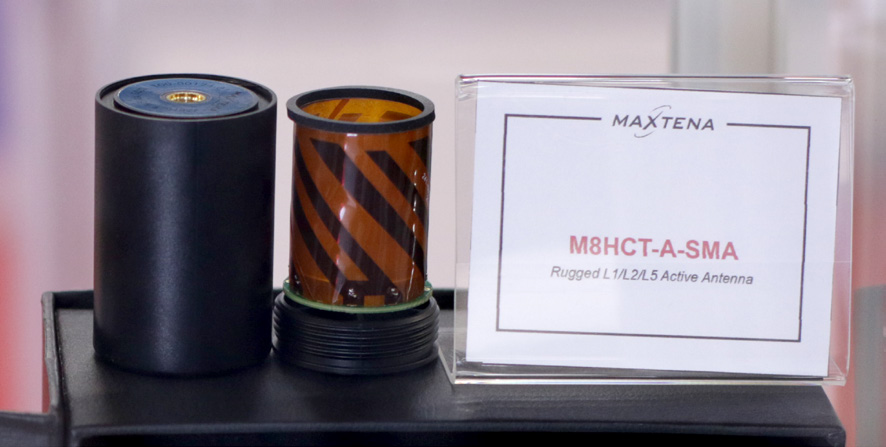
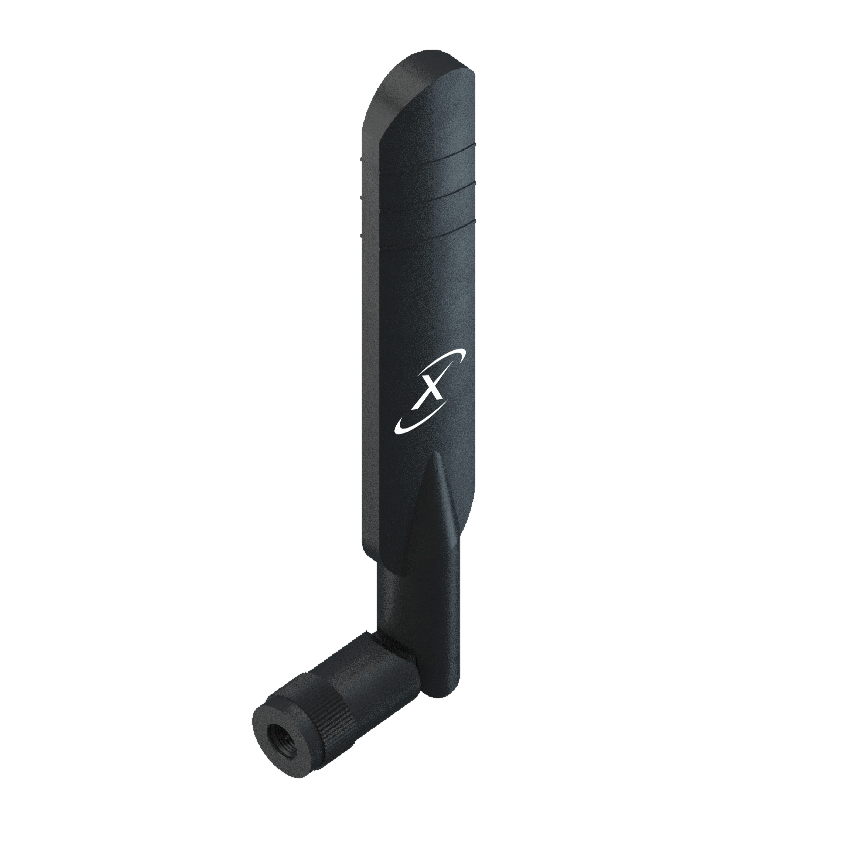
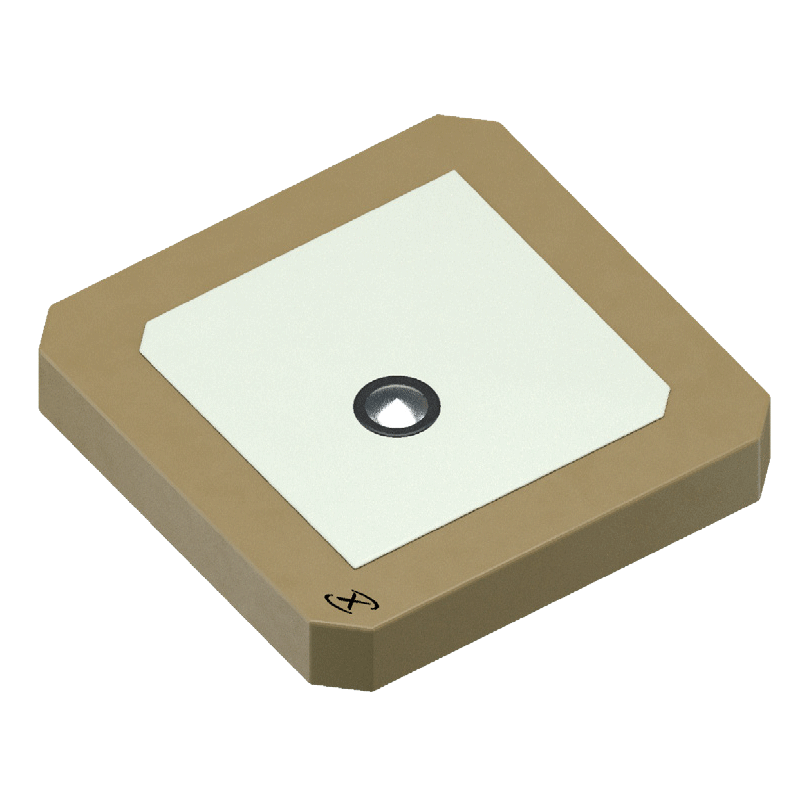
4. Conclusion
Selecting the right antenna requires careful consideration of the factors mentioned above. Assess your specific needs and constraints, and then match them to the appropriate antenna type and specifications. Consulting with an antenna specialist or using simulation toolscan also help ensure you make the optimal choice for your application.